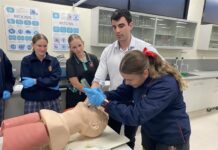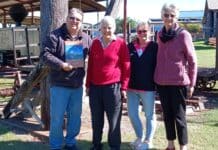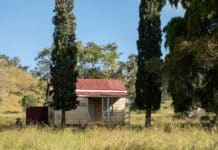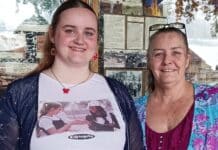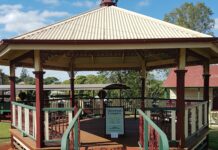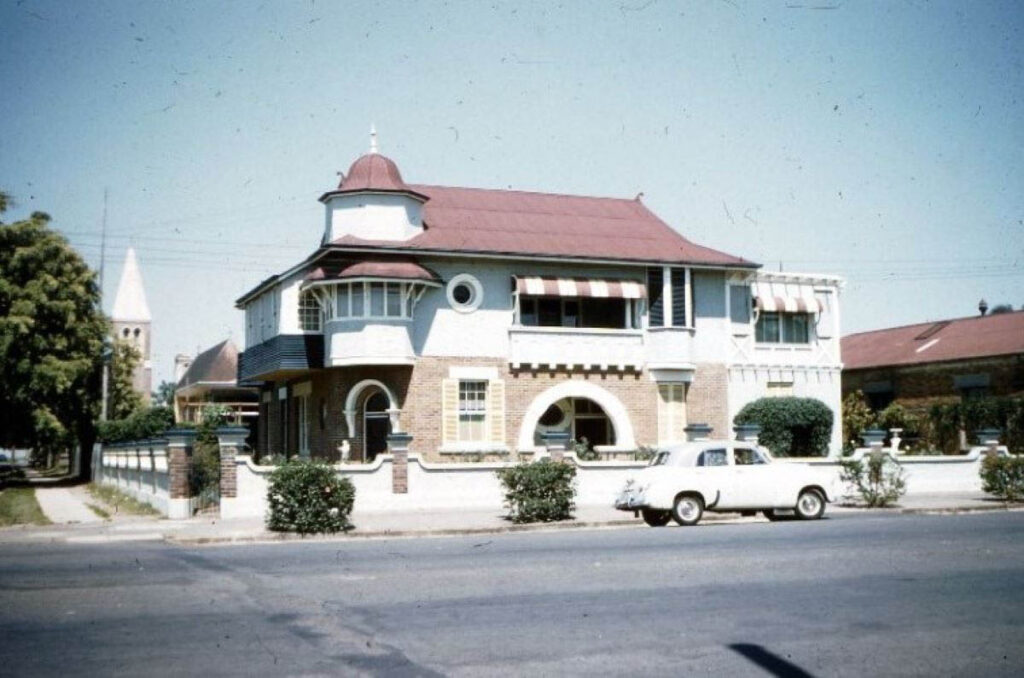
Now operating as the Linden Medical Centre, the former Linden Clinic has a rich history as Bundaberg’s oldest established medical practice.
Built by Dr Egmont Schmidt in 1913 as a residence and doctor’s surgery, it was designed by prominent Maryborough architect P. O. E. Hawkes and is listed among Bundaberg Regional Council’s local heritage places.
The site was originally occupied by the Pioneer Schoolroom which was owned by the Lutheran Church and believed to have been constructed around 1876 -1877.
The Hawkes-designed building originally consisted of exposed brick on the ground level and ‘rough cast’ on the first floor, although the entire exterior of the building is now rough cast.
The architectural style is loosely coined ‘Federation’, which incorporated various features common in other established architectural styles such as ‘Queen Anne’ and was popular at the turn of the twentieth century.
The property was originally larger, as there was also a tennis court and hall adjacent to the house.
The origin of the name of the building is unclear.
Council’s Local Heritage Places documents suggests it could either refer to an avenue in Berlin lined with Linden trees (Lindenstrasse), the suburb of Linden in Hanover where Schmidt’s mother was born, or simply after the Linden tree.
Dr Egmont Schmidt
Schmidt was born in Maryborough in 1886 where his father C. F. Schmidt was based before becoming the permanent Lutheran pastor in Bundaberg in 1892.
Schmidt completed his medical training in 1910 and, after a twelve-month residency at Warwick Hospital on the Darling Downs, returned to Bundaberg and practised alongside Dr Thomas Henry May.
Schmidt took over the practice when May retired, a process which appears to have been carefully managed with May still practising until 1913, presumably in the Linden Clinic.
Schmidt continued to practice medicine in the clinic until his death in 1956.
He was a well-loved doctor in Bundaberg, noted for his care of people from all backgrounds, sometimes for free.
Schmidt was also the Government Medical Officer and Railway Medical Officer in Bundaberg, and president of the local sub-branch of the British Medical Association.
He was also one of the founders of the Bundaberg Royal Automobile Club of Queensland (RACQ) and the Bundaberg Art Society.
Schmidt’s private art collection was bequeathed to the city of Bundaberg and it is now located at the Bundaberg Regional Art Gallery.
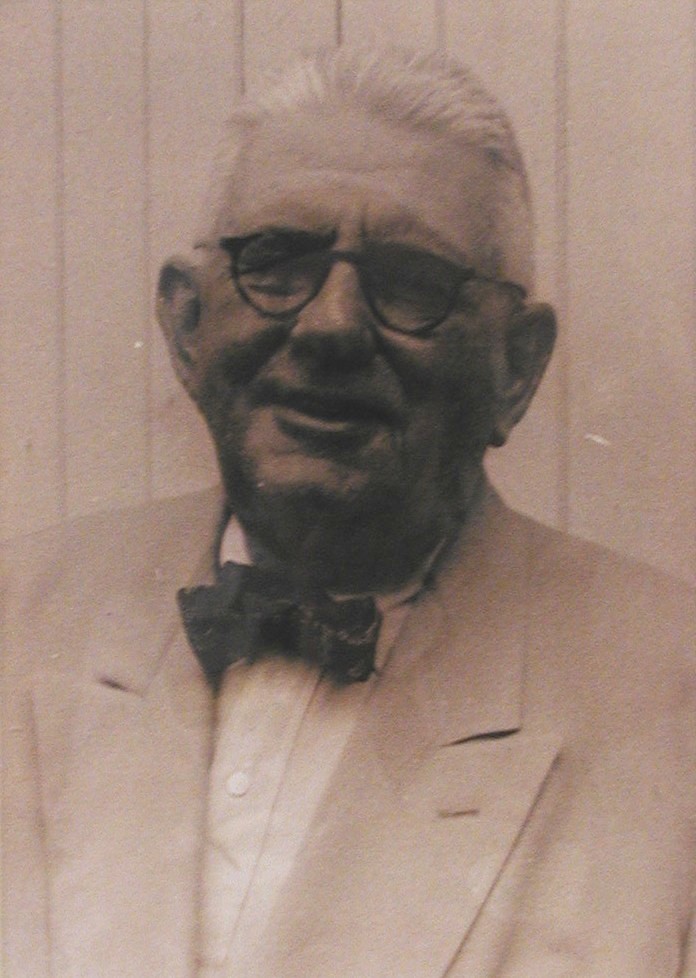
Historic Architecture
The (former) Linden Clinic occupies a quarter acre block on the corner of Woongarra and Barolin Streets in the Bundaberg CBD.
The building has undergone substantial interior renovations in both the residence and surgery sections.
Although there have been some external additions and changes (including, for example, extending the rough cast across the whole façade), the exterior of the original building remains relatively intact in its prominent corner position.
A rendered brick pillar and panel fence separates the building and landscaped front yards from the street.
At the rear of the building is a car park with access from Woongarra Street.
The building is designed in Federation Queen Anne style and consists of a double storey rough cast finished brick building with corrugated iron clad Dutch gable roof.
Two additional Dutch gables protrude from the main roof to the west, with all gables featuring ridge ornaments.
On the southeast corner, a turret with conical roof cantilevers from the upper level and extends through the roof.
The main entrance is from Barolin Street through a porch set back into the building and framed by an arch.
A single storey rough cast finished brick add-on extends from the side of the arch to the street front and features a roof terrace and a narrow wraparound tiled awning.
The former main entrance is located on the corner underneath the tower element.
There are several windows on ground level including an oculus window on the southern elevation next to a narrow, tiled awning.
The upper level features an integrated verandah above the arched entrance on the eastern elevation and a sun room attached on the northern elevation.
A large, enclosed verandah and a small open balcony are located on the southern side of the building and there are several windows on the upper level including oculus and bay windows.

